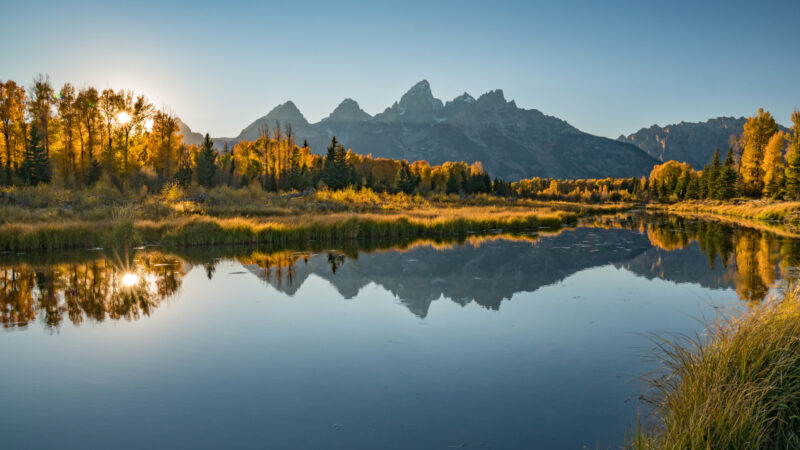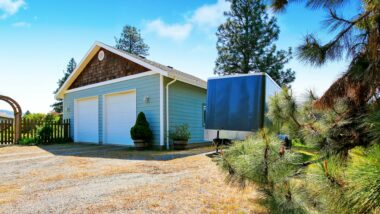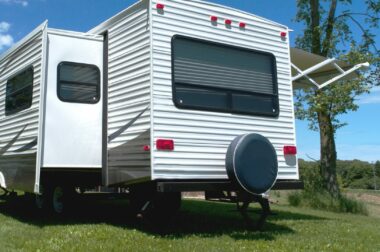Table of Contents Show
While some national parks often steal the attention, some national forests give them a run for their money. If you want to experience out-of-this-world landscapes and avoid the crowds, these national forests might be worth a visit.
The variety of landscapes and activities you’ll find may give you an amazing trip. You can find them scattered across the country. Let’s take a look.
What’s The Difference Between a National Park and a National Forest?
While national parks and national forests may seem the same, they’re quite different. They both have their own set of goals and approaches for reaching those objectives.
The National Park System exists to preserve some of our country’s most pristine natural and cultural resources. They do this for the education, inspiration, and enjoyment of the present and future generations.
The USDA Forest Service’s goal is to sustain a healthy, diverse, and productive environment in the forests and grasslands. This helps protect the lands for others to enjoy in the future and maintain a healthy ecosystem.
National parks typically do everything they can to preserve and protect the area. This means you may experience more usage restrictions.
However, national forests can provide more freedom in using the land. These forests often allow hunting, off-road motorcycles, and taking dogs on trails. However, typically national parks prohibit these practices.
What Makes a National Forest?
National forests are typically massive amounts of land owned and managed by the government on behalf of the public. The goal for national forests is resource preservation.
This often includes timber, recreation, grazing, wildlife, fishing, and many more activities. These lands receive national forest designation through a governmental entity that values preserving the resources.
How Many National Forests Are There?
Take a visit to any of the 154 national forests that stretch across the country. The western half of the country has over half of these national lands. According to World Atlas, all but ten states have at least one national forest. So not matter where in the country you travel you will likely find a forest or two to explore.
Can You Camp in National Forests?
Generally, people can camp in national forests. However, you may find some restrictions for where you can set up.
You’ll want to stay 100 feet from any stream and within 150 feet of a roadway. Look for existing sites and bare soil to avoid damaging plants and other vegetation. You should never create your site by removing trees or vegetation.
These National Forests Are Better Than Most National Parks
You don’t have to visit a national park to connect with nature and see some unforgettable landscapes. Here are some national forests you might consider visiting when you’ve had enough of battling crowds at the national parks.
1. Bridger-Teton National Forest, Wyoming
This national forest is 3.4 million acres of public land. It’s a part of the Greater Yellowstone Ecosystem. You’ll find thousands of miles of roads, trails, rivers, and streams within this national forest. You will likely see bison, pronghorn antelope, and black bears. However, you may get lucky and spot elk, moose, and eagles too.
You’ll also find Periodic Springs gushing 285 gallons per second and Snake River Canyon hosting hundreds of thousands of rafters each year. You’ll have so much to see and do in this forest.
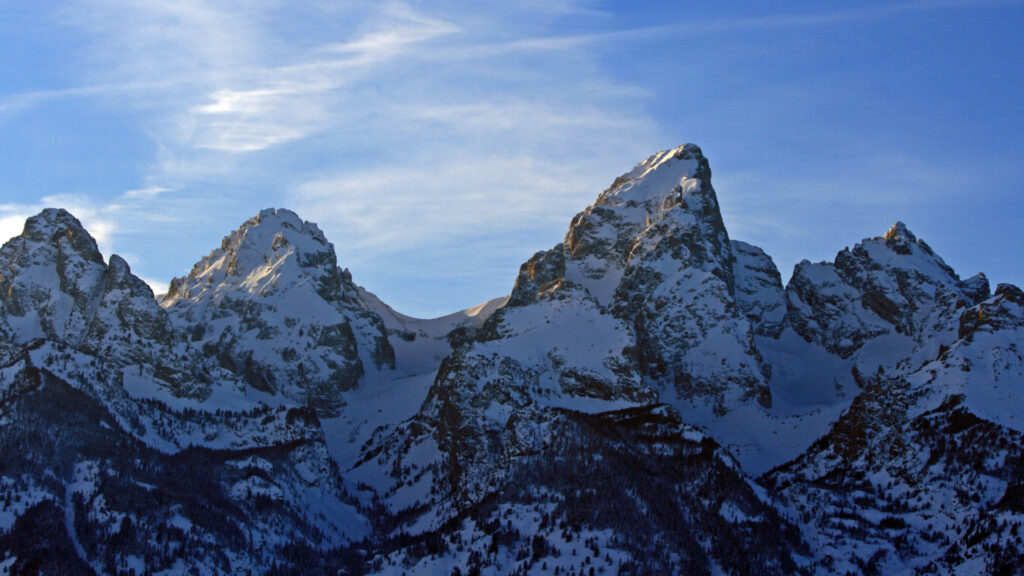
2. Gifford Pinchot National Forest, Washington
One of the oldest national forests in the United States is Gifford Pinchot National Forest, located in southwest Washington State. It ranges 1.3-million acres, with 110,000 acres of Mount St. Helens National Volcanic Monument.
However, the park is also home to the second tallest volcano in Washington, Mount Adams. The forest also contains 190 other named summits within its boundaries.
You can easily find an adventure in this national forest. You can explore over 1,200 miles of trails, 1,360 miles of streams, 100 lakes, and 1,596 heritage resource sites.
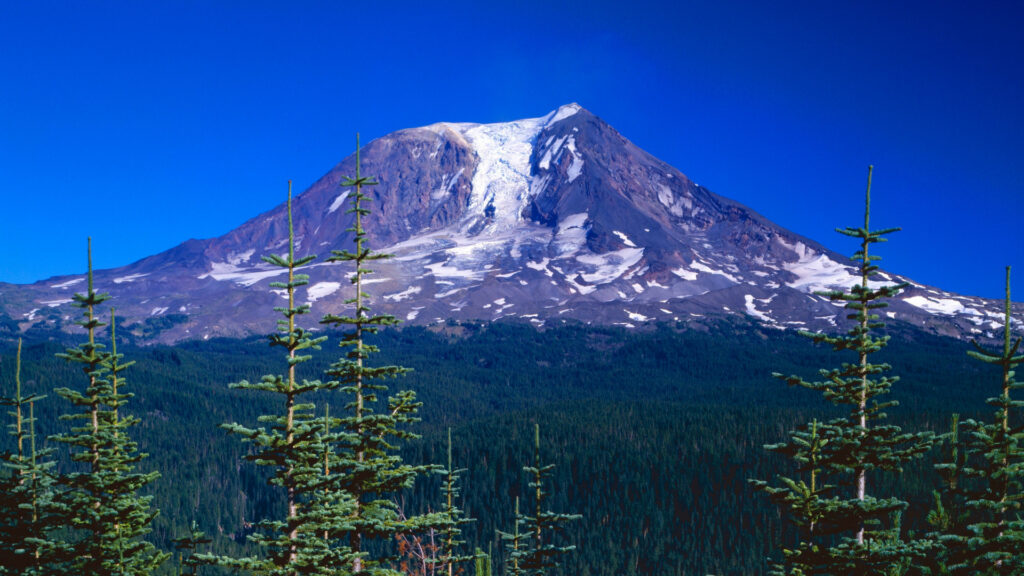
3. White River National Forest, Colorado
White River National Forest lies in northwest Colorado. In the 2.3 million acres, the park has 11 ski resorts, eight wilderness areas, 10 mountains with 14,000 ft peaks, and 2,500 miles of trails. Adrenaline seekers flock to Colorado to get their fix, and you can understand why in this national forest.
The park offers activities to do year-round. Whether you want to hit the slopes, snowshoeing, or snowmobiling, winter here can be a paradise. However, the warmer months allow thousands of miles of hiking and plenty of lakes and streams for rafting and exploring. People enjoy trips to Colorado at any time of year.
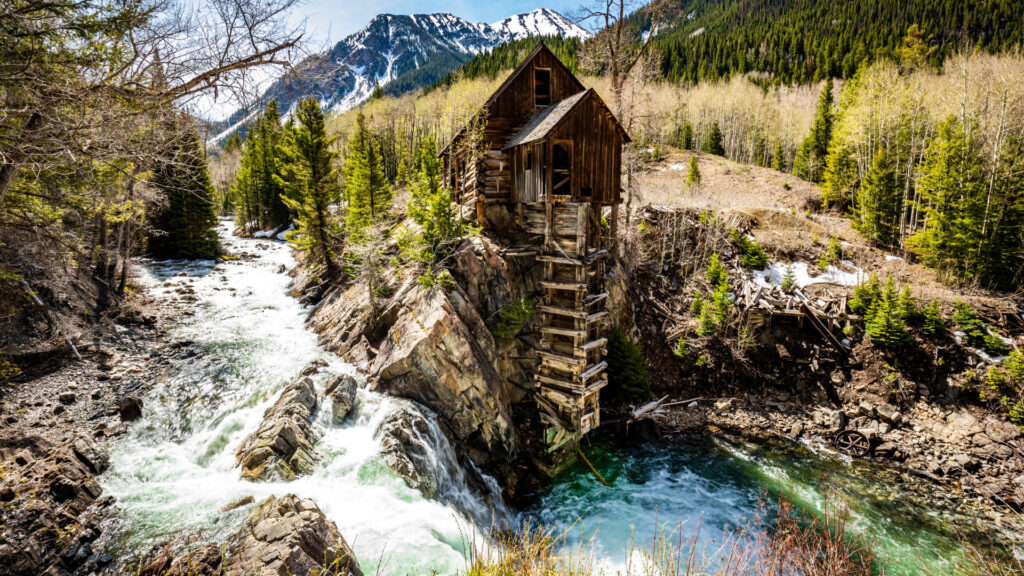
4. Salmon-Challis National Forest, Idaho
You’ll find this 4+ million-acre national forest in east-central Idaho. The forest is home to the largest wilderness area in the continental U.S. called Frank Church: River of No Return Wilderness Area.
However, the park also includes Borah Peak, Idaho’s tallest mountain. You’ll also find hunting, fishing, whitewater rafting, hiking, and camping. It’s hard to find a forest quite like Salmon-Challis National Forest outside Alaska.
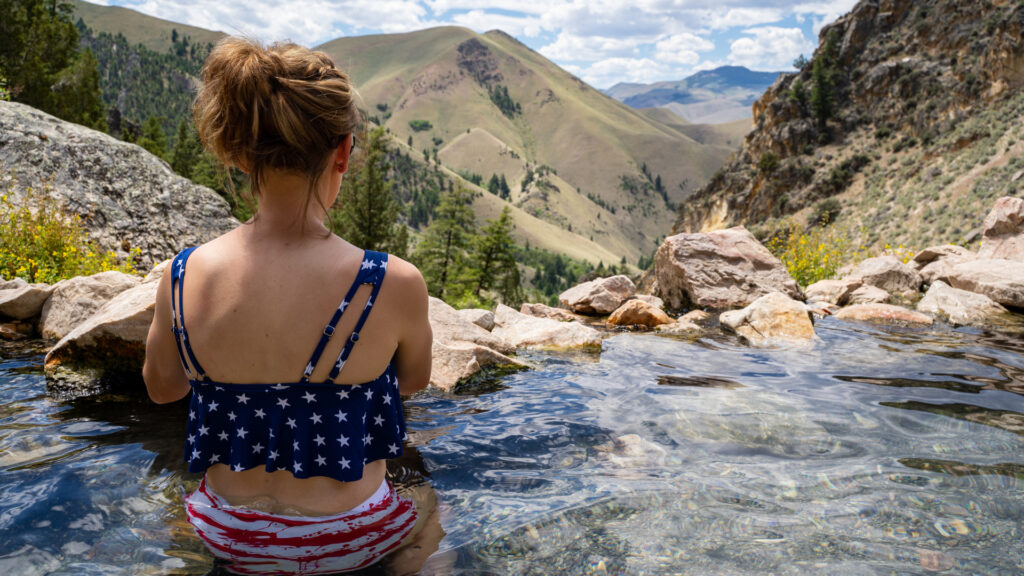
5. Sierra National Forest, California
Sierra National Forest might serve you well if you want to visit a national forest with elevation changes. You can go from 900 ft to nearly 14,000 ft within the park.
You’ll find plenty of opportunities for hiking, biking, camping, backpacking, picnicking, fishing, or doing some off-highway driving. Winter provides plenty of recreational opportunities like snowshoeing, nordic skiing, and even dog sledding.
The national forest is also home to five wilderness areas: Ansel Adams, Donkey Lake, John Muir, Kaiser, and Monarch. If you’d rather stick to the roads, the 70-mile Sierra Heritage Scenic Byway will give you beautiful sights.
You’ll venture through the towns of Clovis, Shaver Lake, Huntington Lake, and Kaiser Peak. With an almost 5,000 ft elevation change, the views get better, and the air gets thinner the further you go.
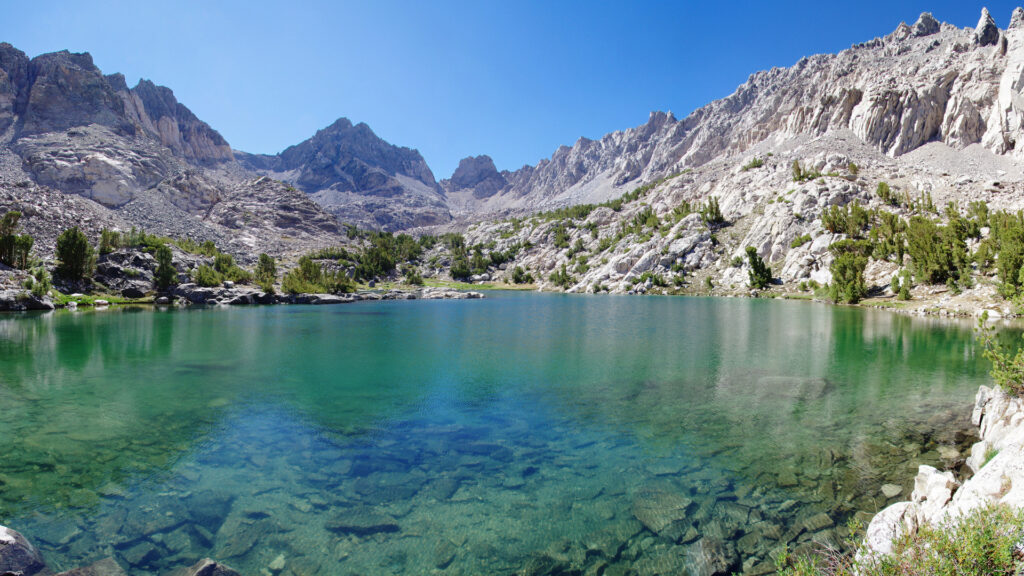
6. Pisgah National Forest, North Carolina
One of the few national forests east of the Mississippi River is Pisgah National forest. At 500,000 acres, it may be small but has many hiking, waterfalls, and camping.
It began with George Vanderbilt assembling property around the famous Biltmore Estate. After Vanderbilt’s death, the land was sold to the U.S. government and later became Pisgah National Forest.
Feel free to bring leashed dogs on the trails. You can also find horseback riding trails and some of the best mountain scenery in the east.
You may even catch a glimpse of the 70-foot Douglas Falls or 45-foot Walker Falls. Many love this national forest for the 8.8-mile unpaved Forest Service Road 74. You can see ten waterfalls without leaving your car.
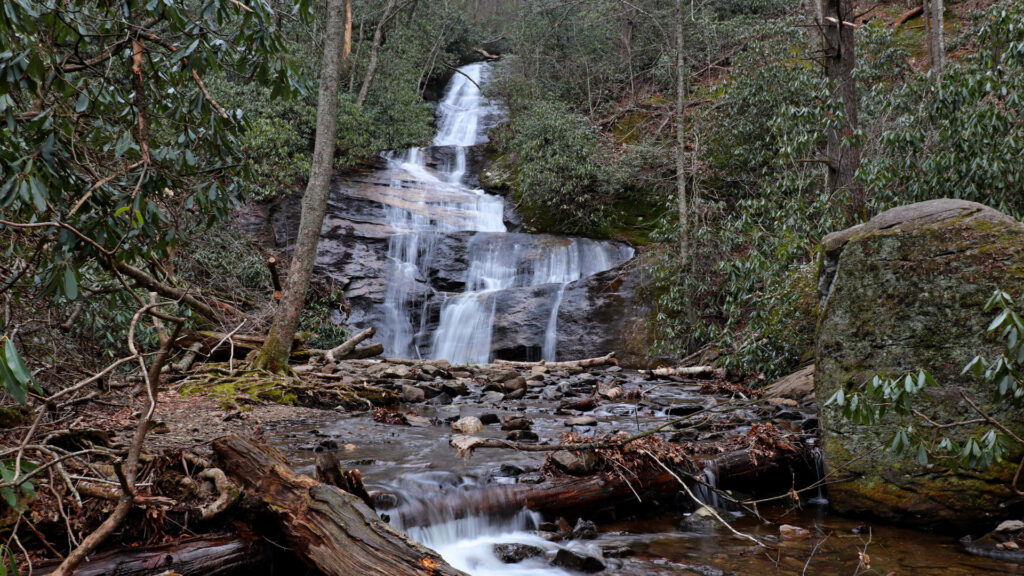
7. Cibola National Forest, New Mexico
Cibola National Forest is 1.6-million acres and ranges from 2,700 ft to over 11,300 ft. The Cibola National Forest spans the states of New Mexico, Texas, and Oklahoma.
The forest has 137,000 acres with the designation of wilderness and an additional 246,000 acres of inventoried roadless areas. The roadless areas help minimize the environmental impacts from road construction, maintenance, and automobile traffic.
Those coming to the forest can experience the nearby cultural and recreational sites to learn about Indian pueblos, prehistoric ruins, ice caves, and even lava flows. You can also venture down several interpretive trails to learn more about the area and those that once called it home.
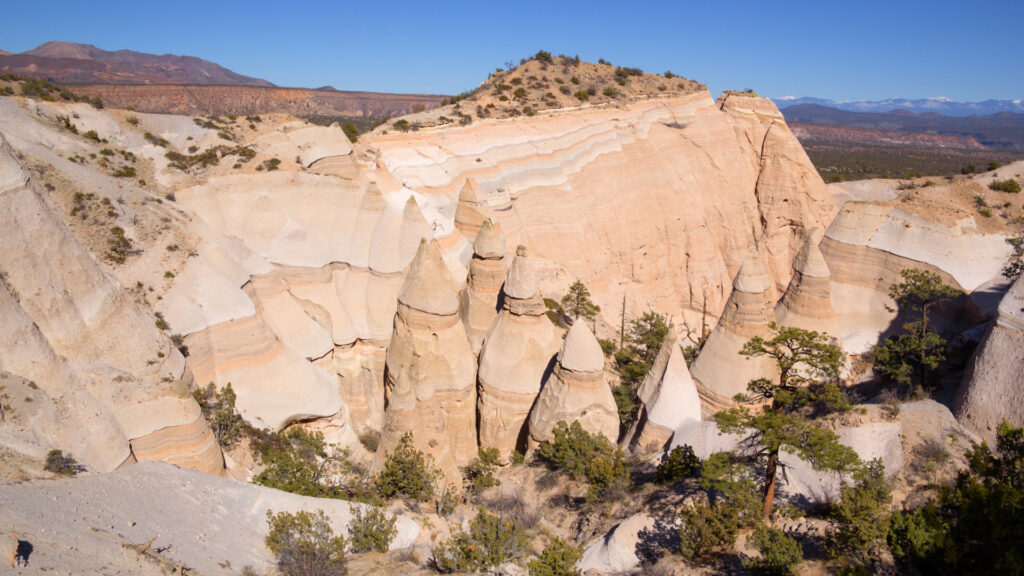
8. George Washington & Jefferson National Forests, Virginia
George Washington and Jefferson National Forests are located along the Appalachian Mountains and cross into Virginia, West Virginia, and Kentucky.
While the park covers 1.8 million acres, almost a million of those acres are remote or undeveloped. There have also been 139,461 acres designated wilderness areas, which prohibits any future land development.
The Washington and Jefferson National Forests were separate but were combined in 1995. The James River served as the boundary between the two forests.
The area has 2,000 miles of hiking trails, including segments of the Appalachian Trail. You can also find Mount Rogers, Virginia’s highest point, within the forest boundaries. It also has the deepest gorge east of the Mississippi.
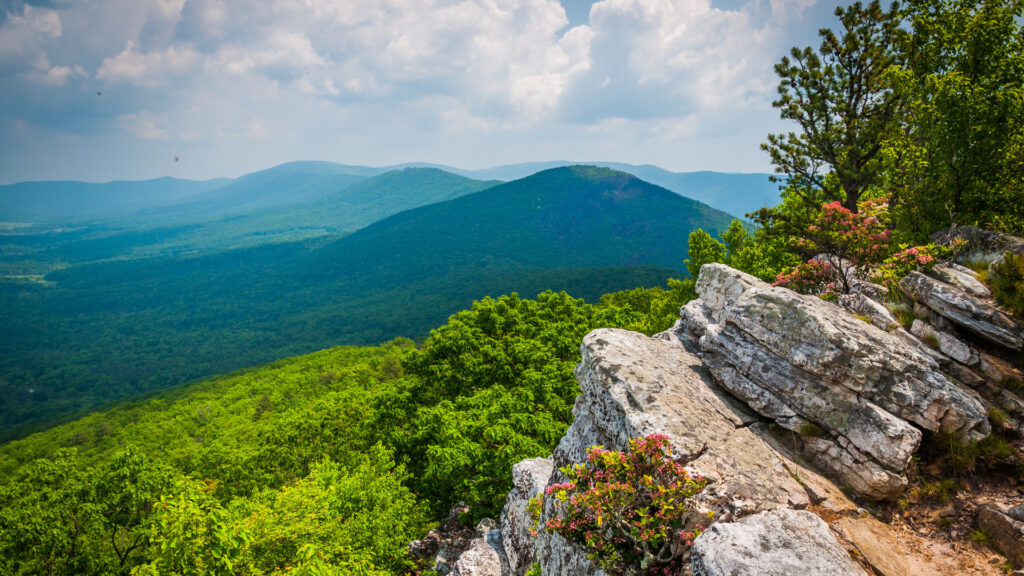
9. Deschutes National Forest, Oregon
Located in Oregon, the 1.6 million-acre Deschutes National Forest follows the east side of the Cascade Range for 100 miles. The forest experiences 8-million visitors. You can enjoy plenty of campgrounds, day-use sites, hiking trails, and even some off-highway vehicle trails.
The forest is also home to Newberry National Volcanic Monument. This is 50,000 acres of volcanic formations that President George W. Bush established in 1991. Here you can find remnants from eruptions that occurred over the past half-million years.
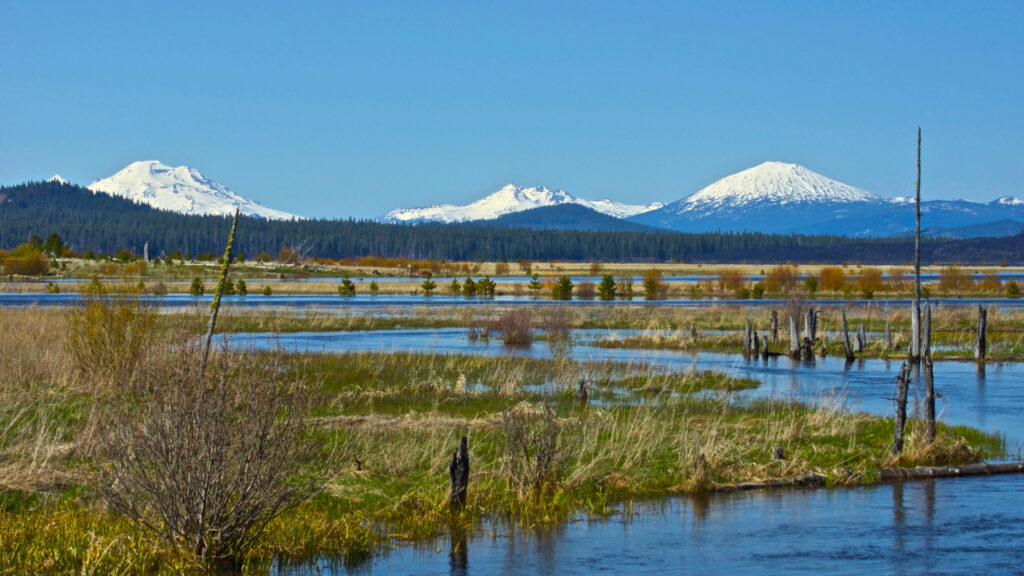
10. White Mountain National Forest, New Hampshire
If you want to experience the northeast, look no further than White Mountain National Forest. It has clear mountain lakes, breathtaking scenery, and an abundance of wildlife.
You’ll find 1,200 miles of hiking trails, 400 miles of snowmobile trails, six ski areas, four alpine ski areas, and 23 developed campgrounds. If you’ve always wanted a chance to hike on the Appalachian Trail, you can choose from 160 miles of the trail to hike.
However, it’s not just land that you’ll find in this national forest. It also has 12,000 acres of wetlands, 4,750 miles of streams, 67 lakes, and 35 watersheds. You’ll find over 200 species of birds and maybe even spot a moose or ruffed grouse. It’s a great way to experience the beauty of the northeast wilderness.
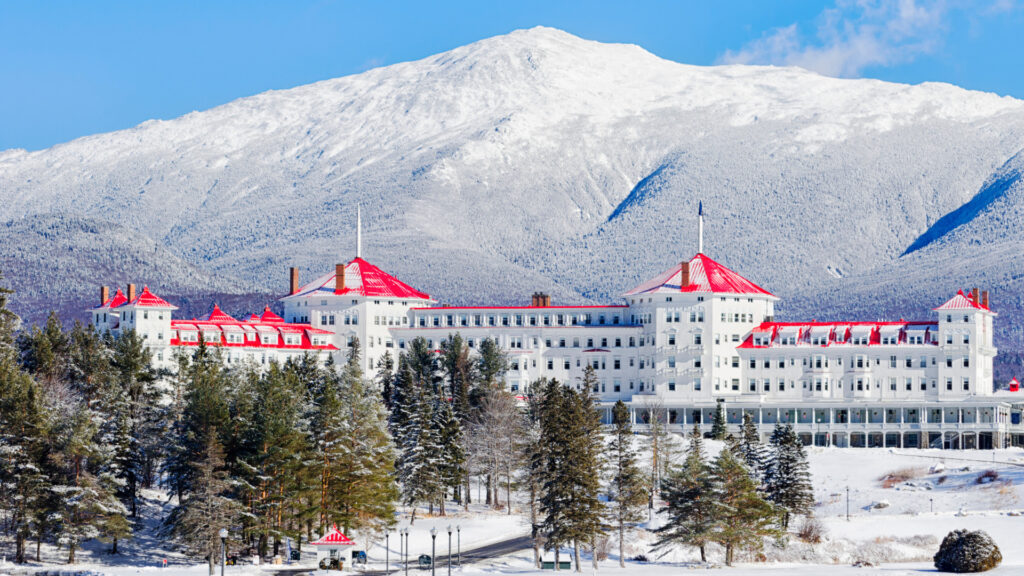
Don’t Drive Past These Incredible National Forests
You may think national parks are the place to be, but so does everyone else. National forests are a great place to hike, camp, and connect with nature. You won’t have to fight the crowds or deal with the traffic like you would in the other parks. What is your favorite national forest to visit?




